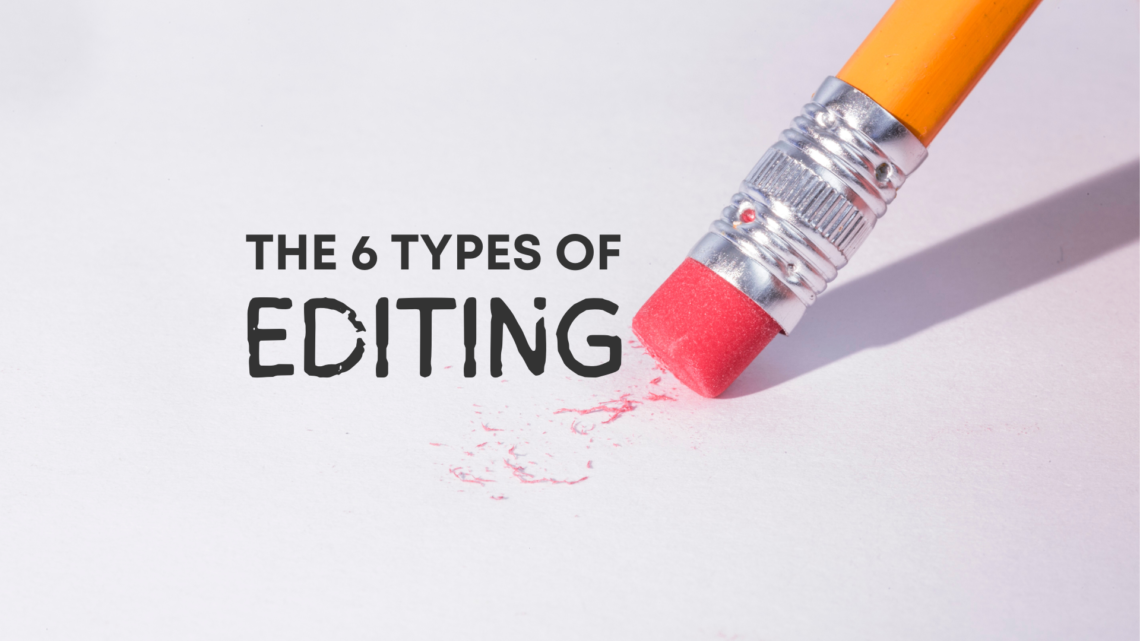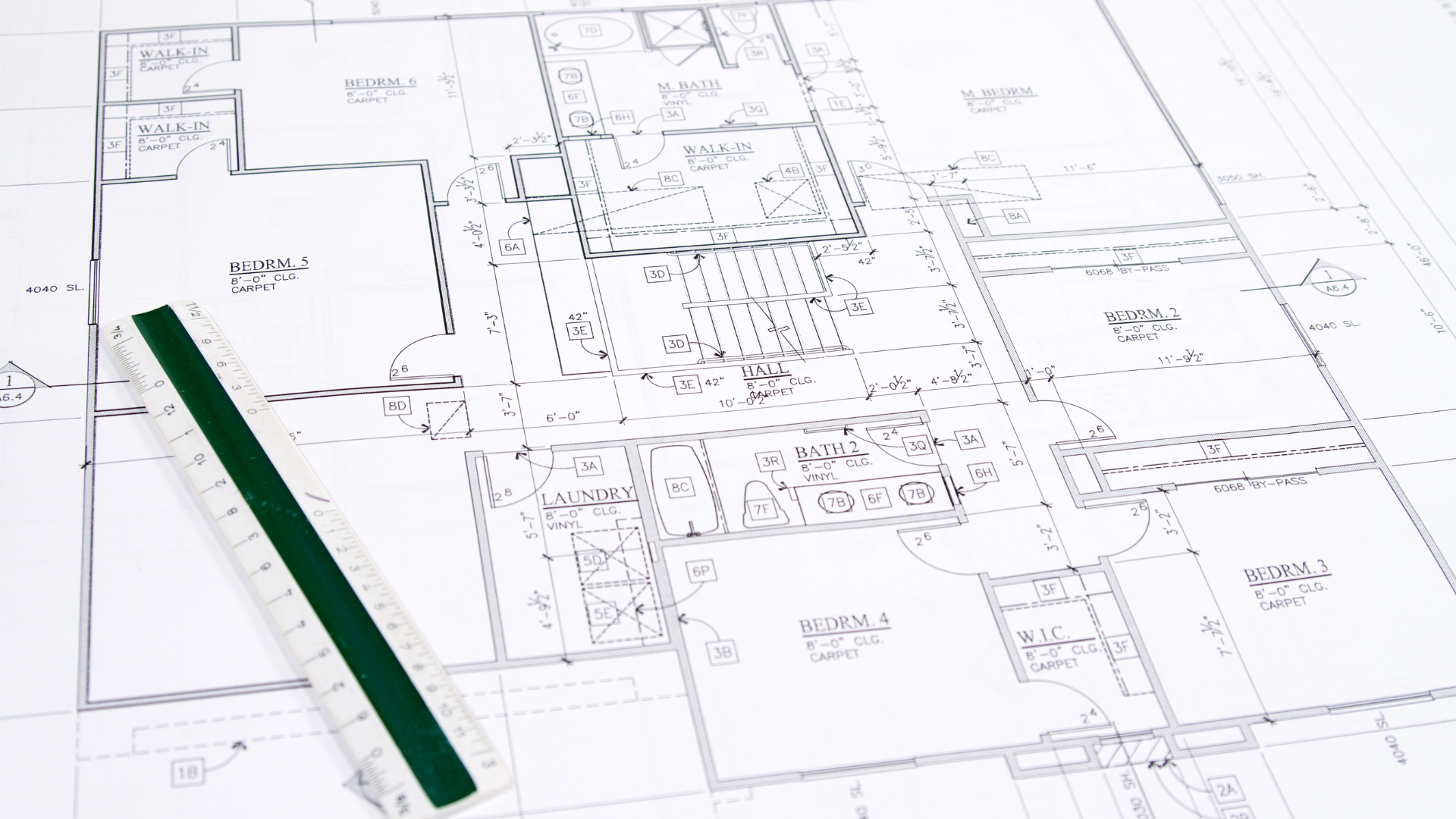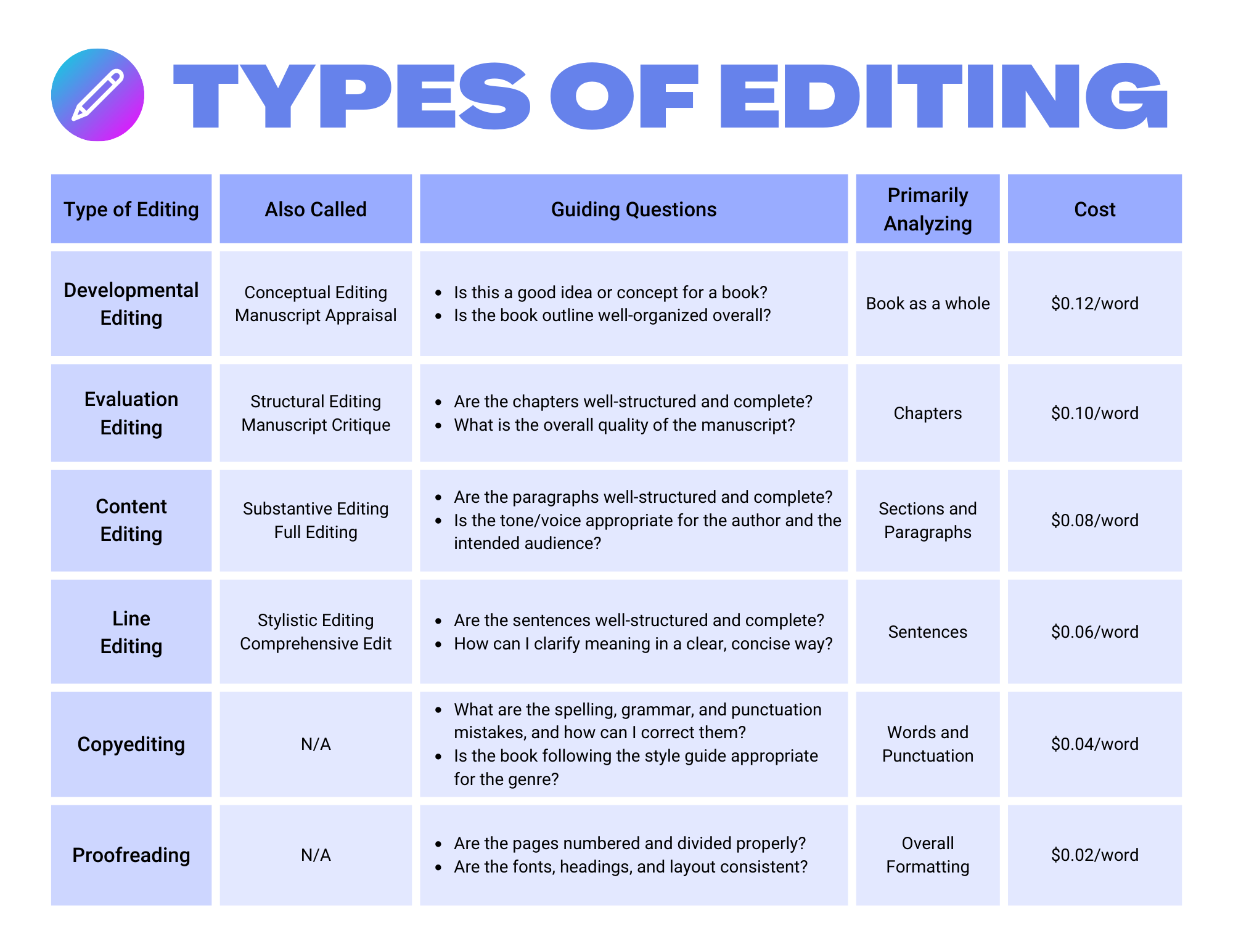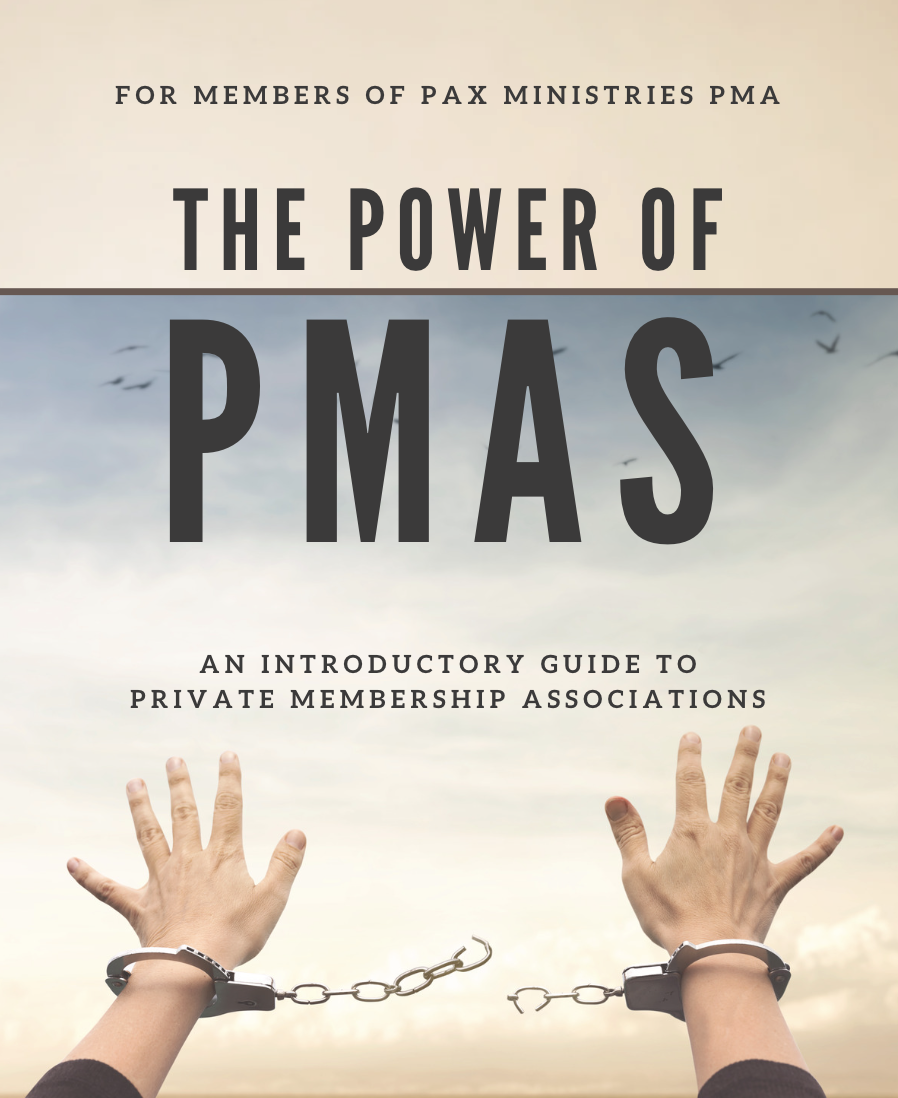
The 6 Different Types of Editing
Did you know that there are actually 6 different types of editing? To help us get a better understanding of all six types of editing, we will compare the writing of a book to the building of a house.
Developmental Editing
Developmental Editing is also known as “conceptual editing” or “manuscript appraisal.” This stage of editing is usually conducted very early on in the writing process (primarily during the outline stage). A developmental editor will look at your topic, intended audience, and outline and provide you with feedback about your concept or idea and its overall organization. This is the “blueprint” of our house.

Evaluation Editing
Evaluation Editing is also known as “structural editing” or “manuscript critique.” At this stage, your manuscript should be complete so that the editor can provide you with feedback on the structure of your book. Upon completion of this stage of editing, you will receive a memo indicating either:
- Your manuscript needs a lot of structural work… you need to see a Developmental Editor.
- Your manuscript needs is structurally sound, but your writing needs work… you need to see a Content and/or Line Editor.
- Your manuscript has a great structure and does not need much extra work… you are ready to see a Copyeditor and/or Proofreader.
This is the “framing” of our house.

Content Editing
Content Editing is also known as “substantive editing” or “full editing.” A content editor analyzes the sections and paragraphs of your manuscript. They are not concerned with the nitty, gritty details of your writing. Instead, they may move around some paragraphs or sections and may even delete some paragraphs or sections entirely. Content Editors are the equivalent of “adding the drywall and paint” to our house by ensuring that the author’s tone (attitude) and voice (personality) remain consistent and appropriate for the target audience from paragraph to paragraph throughout the manuscript.

Line Editing
Line editing is also known as “stylistic editing” or “comprehensive” editing. Up until this point, the editors have been providing feedback at the “macro” level – the entire book, the chapters, the sections, and the paragraphs. A line editor will analyze your writing sentence-by-sentence. They are focused on word choice, sentence flow, fragments, run-on sentences, and cliche. They specialize in “saying more with less” by eliminating wordiness and helping you to communicate clearly and concisely. This is the “installation” part of the house, adding in the proverbial stove, refrigerator, sinks, toilets, and more that add style and efficiency to the home.

Copyediting
When your manuscript is completely finished, then you are ready for a copyeditor. Copyeditors are meticulous about the details of your writing and are looking to analyze words and punctuation. They will fix your spelling, grammar, and punctuation mistakes so that your book is ready for publication without any glaring errors. Prior to finding a copyeditor, you should read your own manuscript out loud.
You do not want to have your next door neighbor or your co-worker conduct this portion of the editing process (unless he or she is specifically trained in copyediting). In order to properly edit your own work, sign up for the Complete Writer’s Workshop, but I highly recommend having a professional do this part. Even a professional writer and copyeditor can miss their own mistakes which means that it is very common for you to miss your own as well. A copyeditor makes the difference between a professional book and an amateur one. This is the “furnishing” part of the house, adding in sofas, chairs, beds, tables, etc. that add a unique style and professional look to your book.

Proofreading
While many people use the terms “copyeditor” and “proofreader” interchangeably, the truth is that they are actually performing two very different functions. While both a copyeditor and a proofreader will look for any spelling, grammar, and punctuation mistakes, a proofreader takes the finally formatted version of your manuscript (called the “proof”) and makes sure that your manuscript is “print-ready.” Are the fonts, headings, and colors consistent? Are the chapter headings and page numbers in the right spot? Do all of the chapters end nicely on a page rather than having one sentence spill over onto an extra page? Are there any issues with spacing or indentations? This is the “decorations” part of the house, adding in the rugs, the paintings, the lamps, and all the little details that make a house feel like a home.

I created this chart to show the differences in the 6 different types of editing, and I would be honored to help you with all six of the types of editing as you prepare your book for publication. To learn more about my editing services, please check out my website: www.peacefulworldschoolers.com or send me an email at peacefulworldschooler@gmail.com.

Remember all throughout the editing process, you want your editor to tell you ways that you can improve your writing which means getting comfortable with someone telling you “what’s wrong” with your writing and not feeling like “what’s wrong” with me as a writer.
For many people, it can be frustrating or disheartening to see your manuscript with all kinds of markups, comments, and revisions. In fact, I wrote a whole chapter in my book, Tales of a Toxic Teacher, about the trauma that many of us have experienced in school and in life because of “the red pen.” We have grown accustomed to feeling like failures when we get our tests or essays back all covered in red, and those feelings may return to you during the editing process.
You may be tempted to feel or think that you are a “bad writer,” but that’s not true. This is a great time to heal from our own past traumas and false beliefs about mistakes and critical feedback.
We are ALL a work in progress. We are ALL working hard to improve our craft. Even best-selling authors can continue to learn and grow as writers. So instead of focusing on “what’s wrong” with your writing, use this editing process as a way to be grateful that a professional is providing you with constructive criticism – about your writing, not about you – so that you can focus on “what’s right” with your writing.
You have a valuable story to tell, and my job as an editor is to make sure that you tell your story in the most effective and efficient way possible. I promise. I won’t let you publish a “bad book.”

